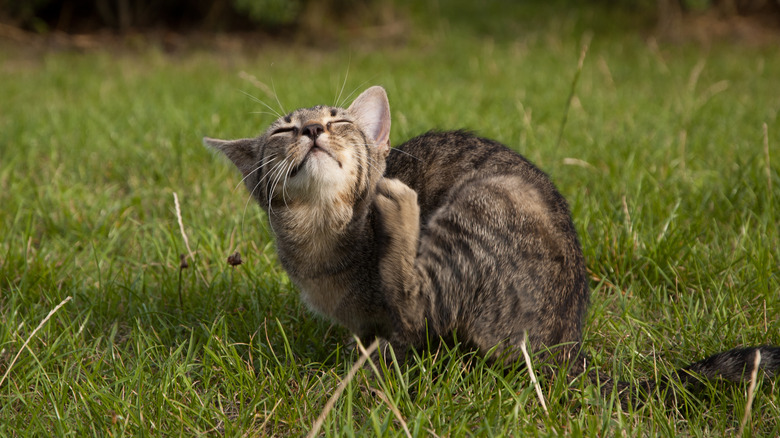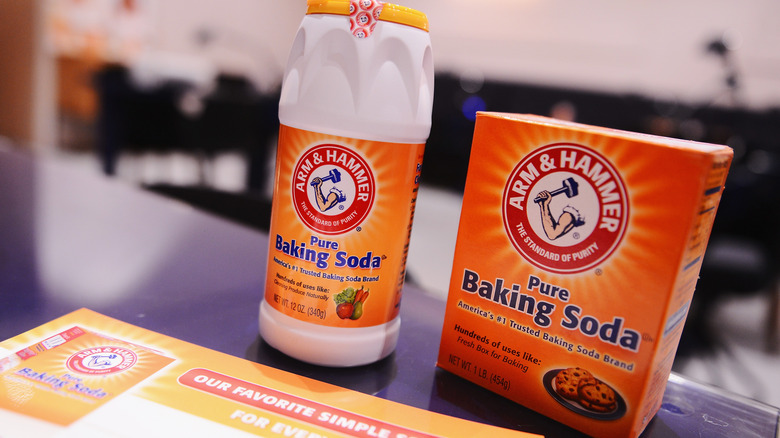Why Baking Soda Isn't The Best Solution For Your Flea-Infested Lawn
Baking soda is used for a variety of purposes, including cleaning, cooking, and pest control. It's affordable and readily available. However, it is not the best solution for a flea-infested lawn because it only kills flea eggs and larvae, not adult fleas.
Many people first realize they have fleas on their lawn when their dog or cat becomes infested with pesky bugs. You may notice your pet is scratching more than usual or has bald patches in their fur. You may also get bites, especially around the ankles, see fleas jumping about, or notice flea dirt or eggs. That can also be when panic sets in because you don't want the pests making their way into your home.
Lawns are prime areas for fleas to temporarily hang out since pets and wild animals run through them, dropping them off in the process. Though it's always nice to use non-toxic means to treat fleas, especially on your greenery, baking soda won't help you eliminate a flea problem.
Baking soda only does so much on fleas
Baking soda works similarly to salt in that it can dry out flea eggs and larvae — but it's never been proven effective against adult fleas. This means that even if you apply baking soda to your lawn, adult fleas will simply lay more eggs, and the cycle will continue. Even when used on eggs, baking soda is not a long-term solution. The drying effects are short-lived. Once the baking soda has been watered down or washed away by rain, it will no longer be effective.
To repel fleas, keep your lawn clean and tidy. Fleas like to live in tall grass, so mowing your lawn regularly will help to reduce the flea population. Eliminate debris from your yard, such as leaves, branches, and wood chips. Fleas hide on pets, so keeping your pets clean and treated is always essential in keeping them away. Finally, there are several natural flea repellents that you can use in your yard, such as diatomaceous Earth, cedar chips, peppermint, cinnamon, and rosemary essential oils.

